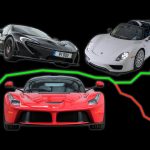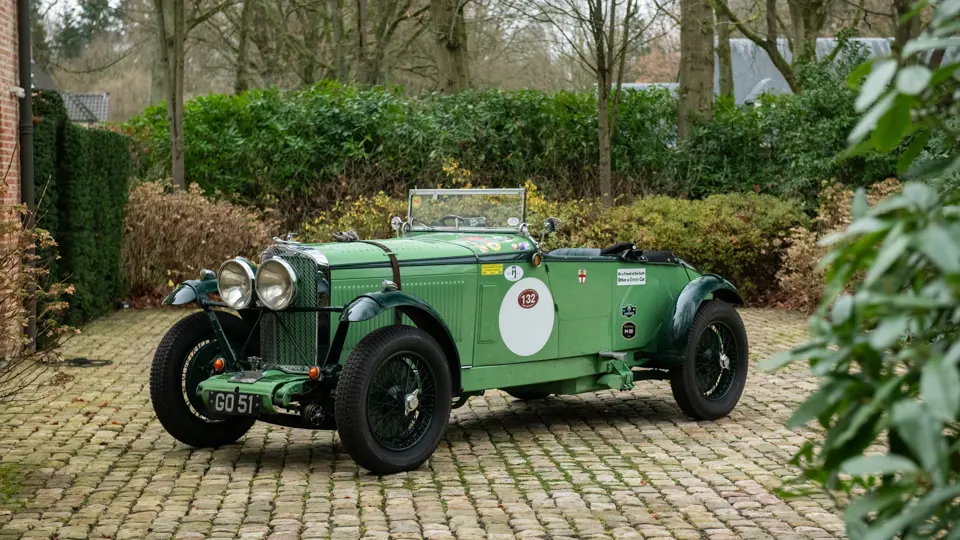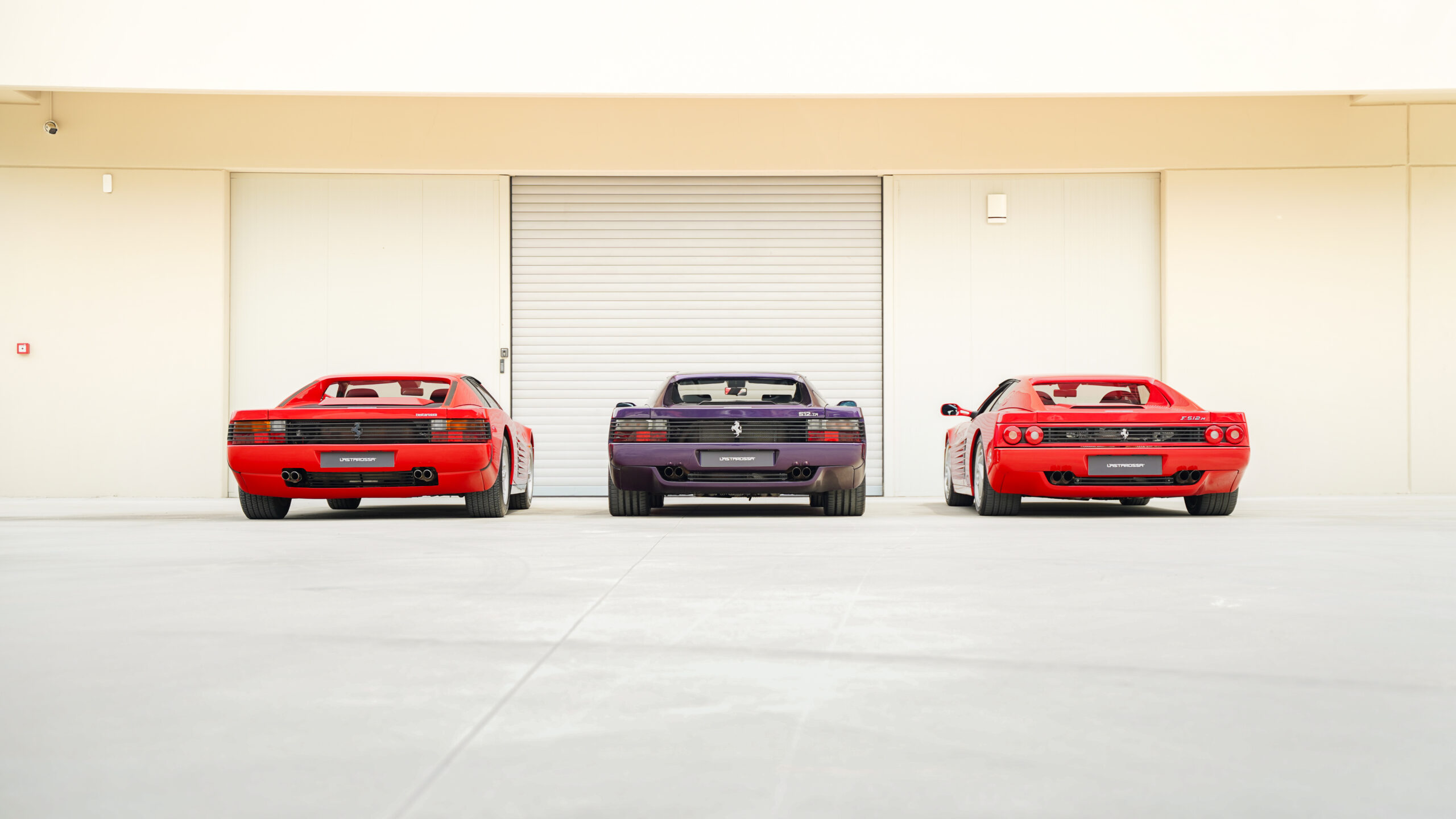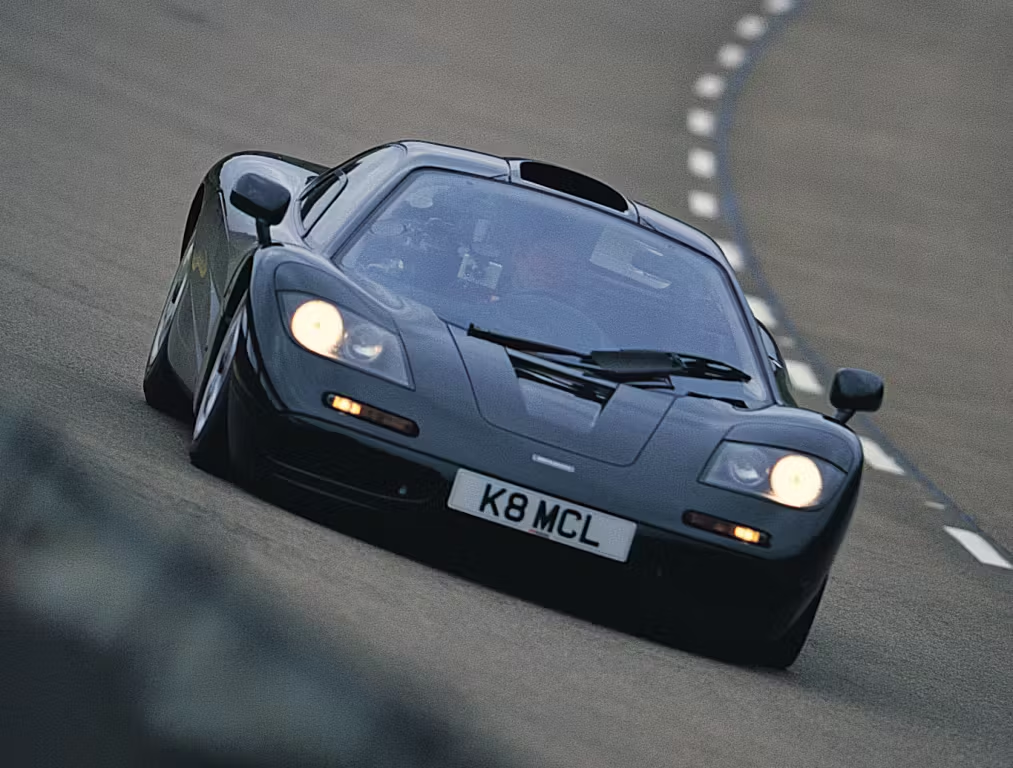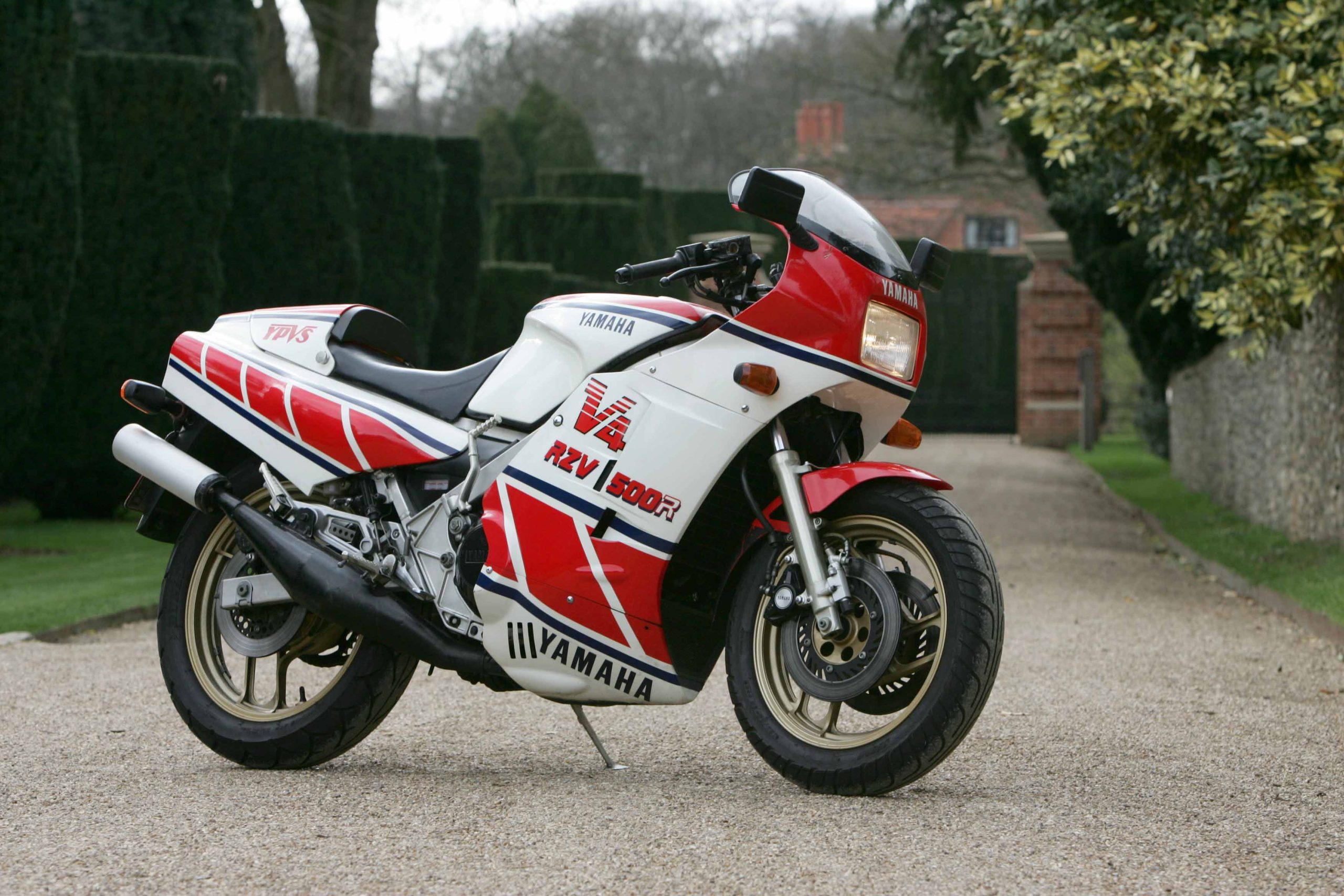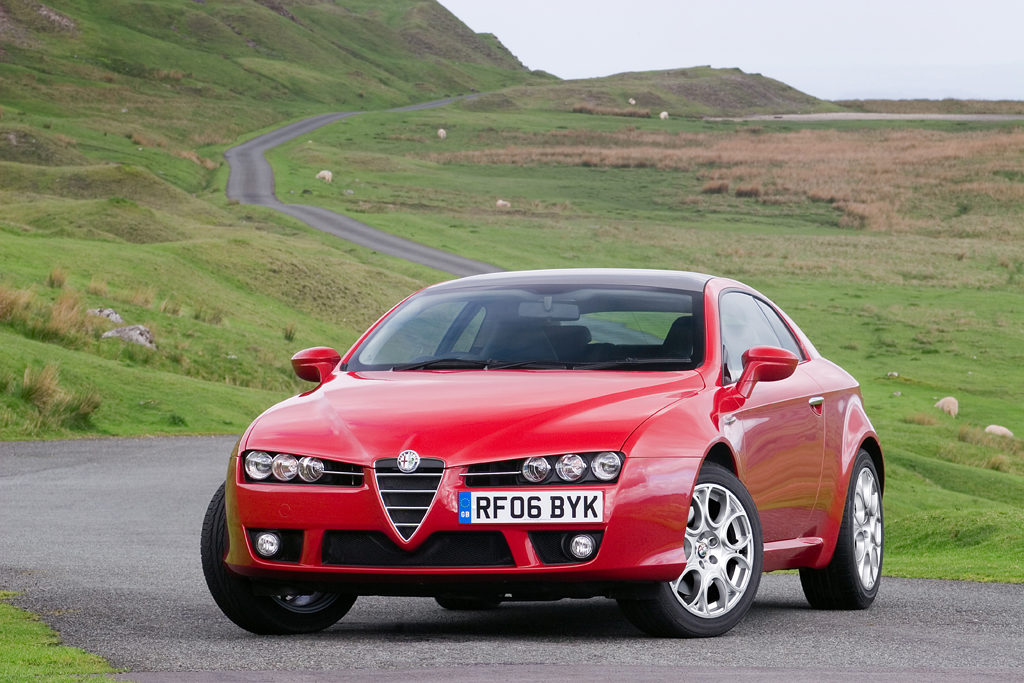Few cars have been as emblematic of their era as the Ferrari Testarossa. The work of Leonardo Fioravanti and his team at Pininfarina transcended car design and became part of the visual iconography of the 1980s. Those side strakes alone are as ’80s as early MTV, shoulder pads, and brick-like cellphones.
Serious Ferrari enthusiasts will point out, correctly, that the Testarossa was a lot more than just an extra on Miami Vice. It was also a hugely significant car for the marque. Ferrari built almost 10,000 over three major iterations between 1984 and 1996, meaning that it spent as long in production in the 1990s as it did in the 1980s. Ferrari itself changed hugely over those dozen years, and that is reflected in how it developed and improved this 12-cylinder grand-touring flagship of its standard range. The relatively high production volumes, significant updates, and longevity also mean there is huge variation between first and last in quality, in dynamics, and in market value.

But the cultural significance of the Testarossa is important to collectors, too. We often buy the cars that were on our bedroom walls as teenagers, and there were a lot of Testarossa posters masking bad wallpaper back then. Some of those kids now have the means to own a Testarossa, and values have soared.
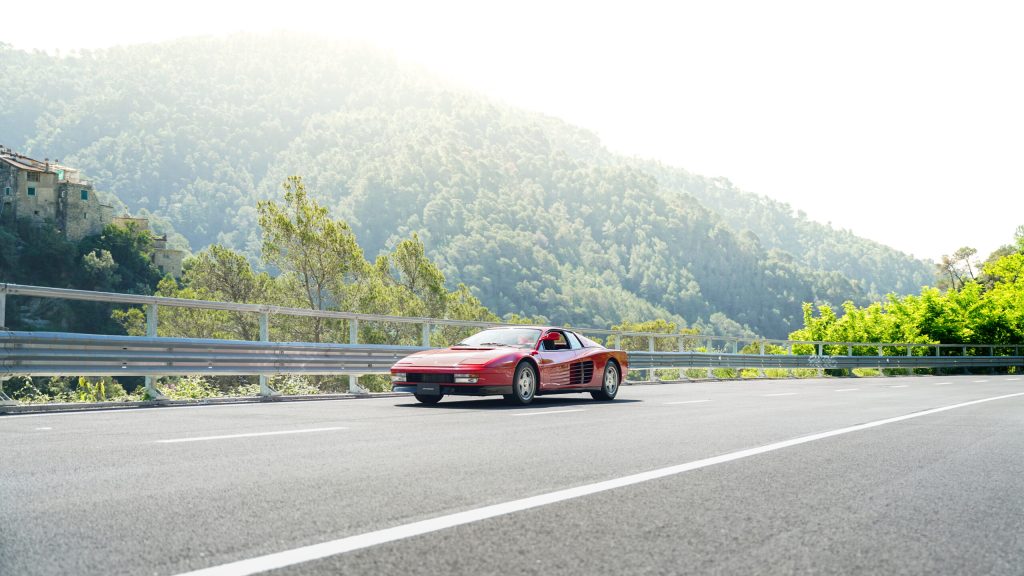
Along with Ghostbusters and Beverly Hills Cop, the Testarossa turns 40 this year. To mark the occasion, Monaco Car Auctions assembled five examples of the Testarossa series for its recent Ferrari-only sale. Each represents a stage in the car’s development.
The first three were all badged Testarossa. There was an early version known as the Monospecchio for its mad single high-mounted wing mirror. The later Monodado has two conventional wing mirrors but gets its name for its single-bolt wheels that came in 1987. The final Testarossa-badged version from 1988 has two mirrors and five-bolt wheels.
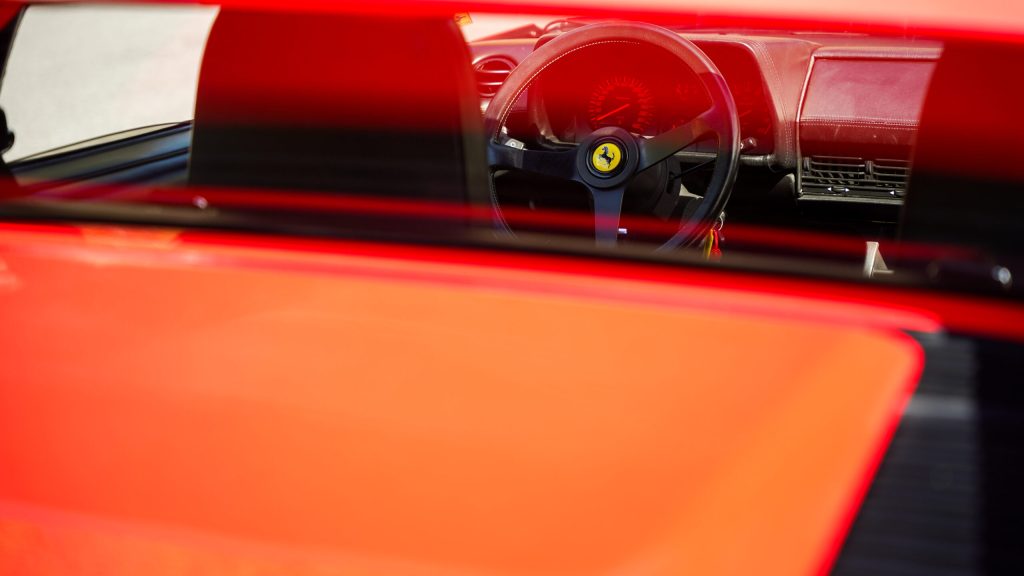
With subsequent, more substantial mechanical and design revisions, the Testarossa got new names: the 512 TR came out in 1991 and the final F512 M version appeared in 1994. The auction house offered one of each of those, too, and bravely offered Hagerty the vanishingly rare opportunity to drive back-to-back the first, the last, and the one that some people consider to be the best. If they all sold, the auction might also provide a useful snapshot of their relative values too.
Seeing all three parked side-by-side in fierce, bleaching Italian sun, keys in the ignition and ready for me to drive is almost too much for this child of the ’80s. I’m naturally drawn to the original, purest expression of that famous shape. The Monospecchio version with that single mirror on a stalk and an offset lower air intake adds an appealing asymmetry to the Testarossa’s otherwise square-jawed good looks. To my eyes, the original front-end treatment is also easily the best. The two later cars echo the noses of their ’90s V8 stablemates – the 348 and 355 – and lose some of that ’80s appeal as a result. If you asked me before driving them which one I’d choose, there’s no question what the answer would be.
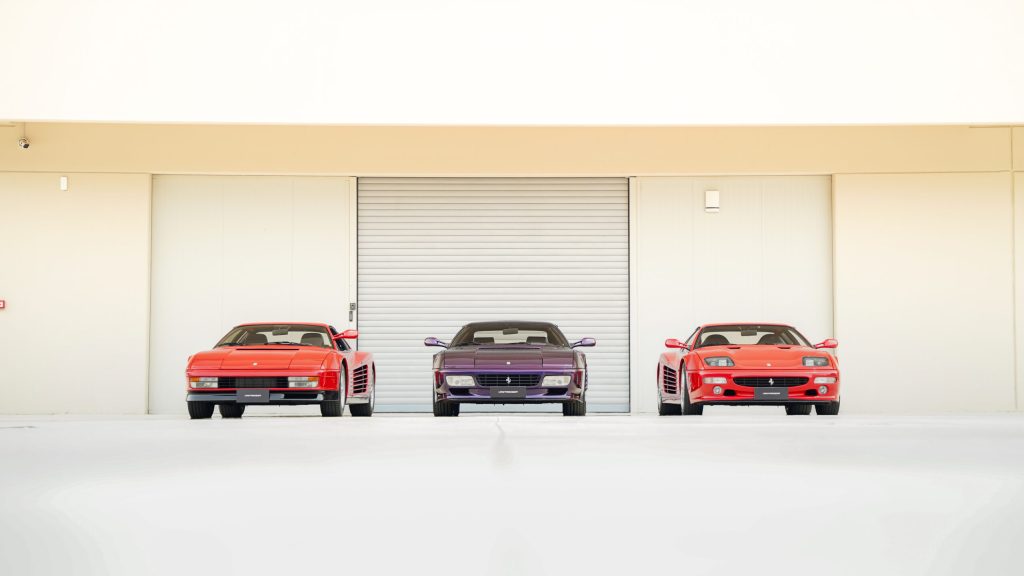
The first Testarossa of 1984 succeeded the 512 BBi, and it fixed some of the criticisms of its predecessor. The nose-mounted radiators moved to the rear, making room for a capacious trunk under that broad flat nose and preventing heat collected from the 4.9-litre flat-12 from dissipating into the cockpit as it passed through.
X-ray the Testarossa in your head and you’ll see why Fioravanti and his team gave it that wild shape. Mounting the radiators behind the doors required a much wider rear end. At nearly 78 inches across, the Testarossa was over a foot wider than a contemporary standard 911. Even after 40 years of dimensional inflation it remains six inches wider than the average new car in Europe, and an intimidating drive on the tight Italian mountain roads where we’re testing them.
Legislation required those famous side strakes over the air intakes to prevent small children or pets from being sucked in as the car passed, and unlike modern car designers, who often seek to disguise the visual mass of their bloated cars, Fioravanti was unapologetic about the Testarossa’s width, carrying it through undiminished to a square-cut rear end rather than tapering it away, and even emphasising it with the full-width, black horizontal rear grille which echoes the side-strakes.
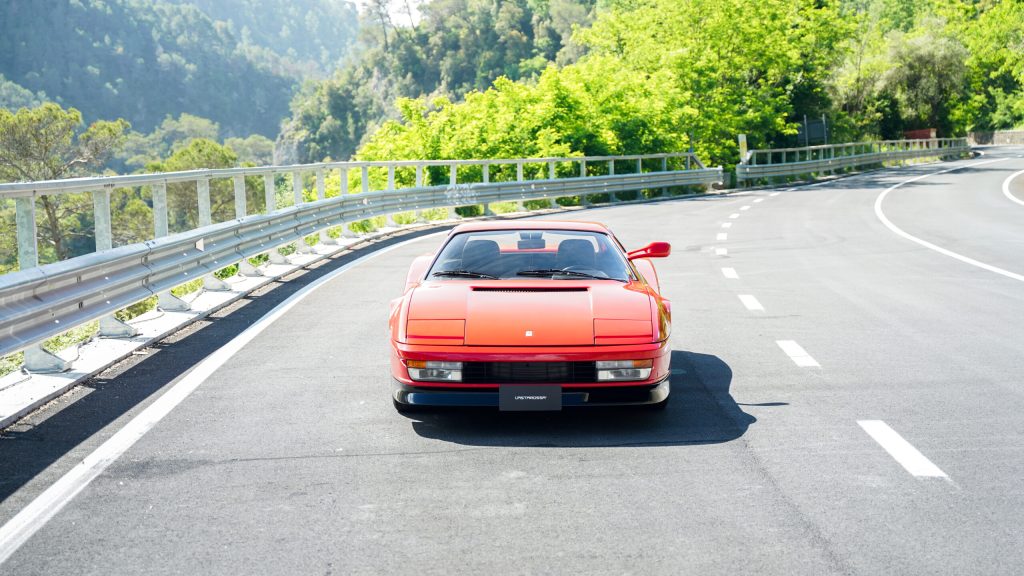
The Monospecchio in front of me is a 24,000km example made in 1985. You reach deep into those strakes to find the door handle and slide in over a wide, flat sill. Much has been said about the poor ergonomics of ’80s supercars, and it’s all true. I have to duck my head hard to get under the cant rail, and once in it’s still tight against the headlining, despite being under six feet tall. The pedals are offset heavily to the right and the space where your left foot should be is occupied by a speaker.
The metal-spoked Momo steering wheel is angled hard away from you, the clutch gives your left thigh a proper workout, and the five-speed black ball-topped shifter feels lumpy as you run through the open-gate shifter before starting. The cabin is mainly assembled of slabs of black leather and plastic, and the layout of the switchgear and dials is deeply random. The Veglia odometer is housed in the console by your right knee, bizarrely. The fog light switches are in the roof. The orange dials ahead of you run optimistically to 10,000rpm and 320km/h.
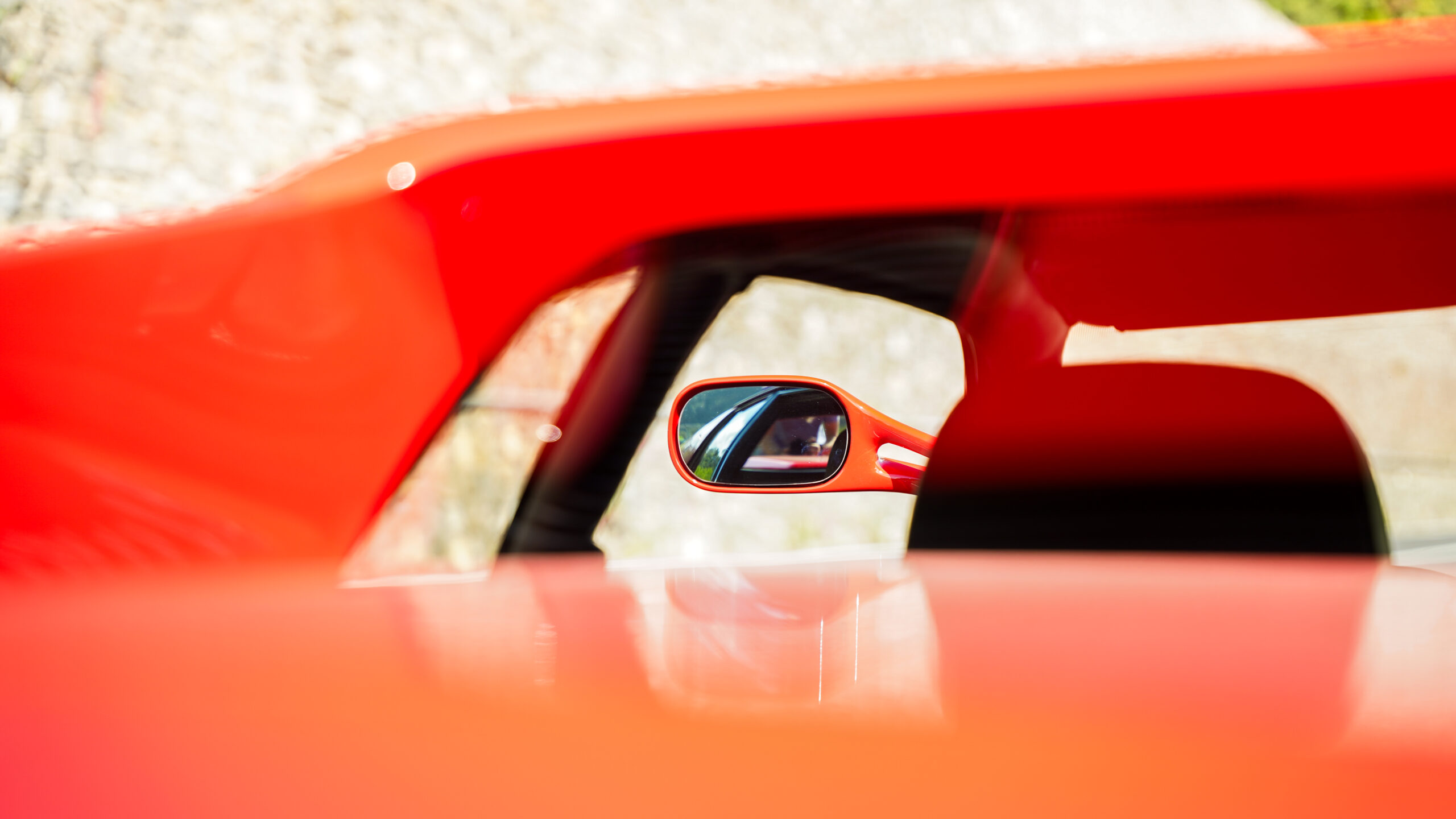
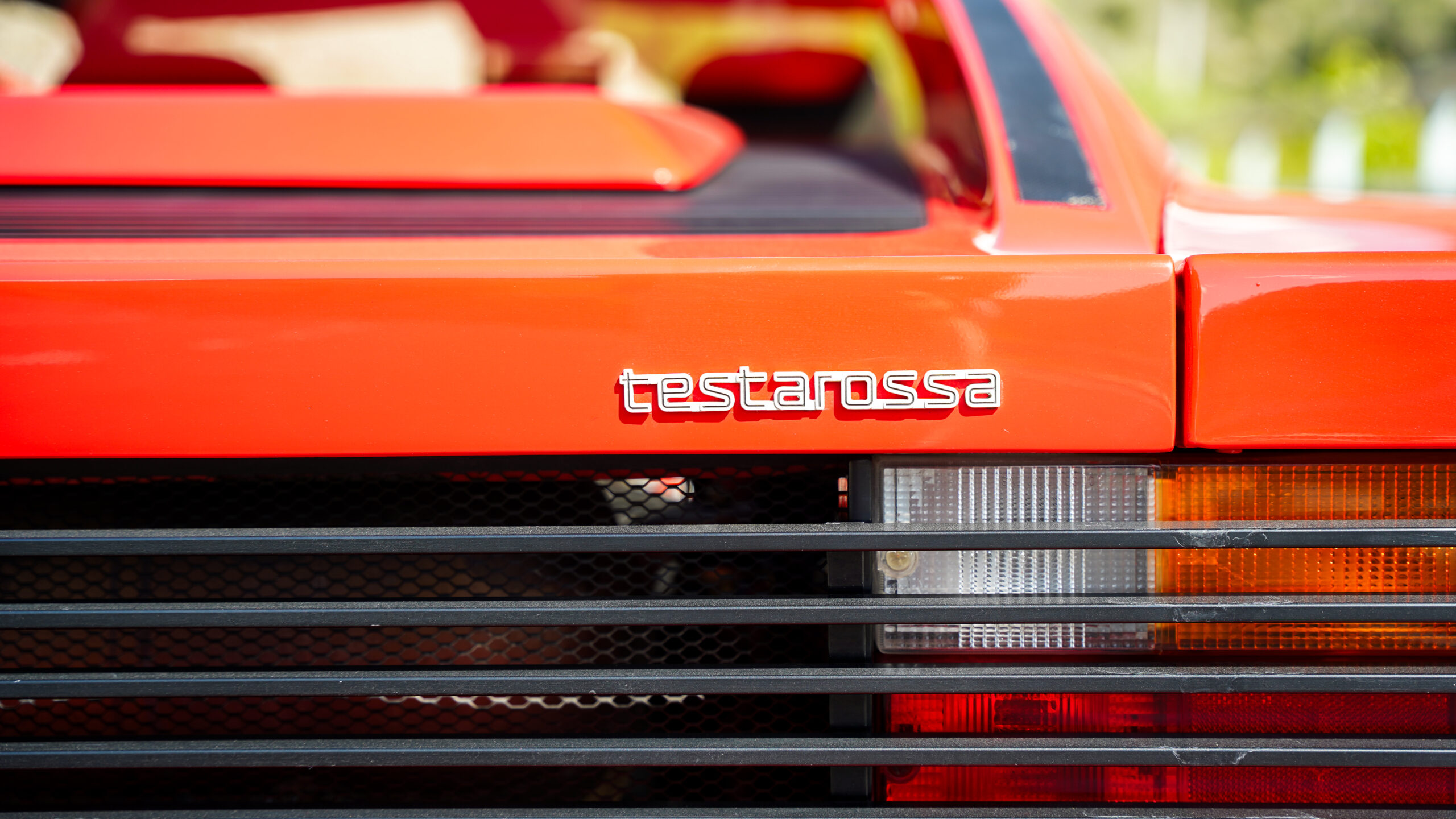
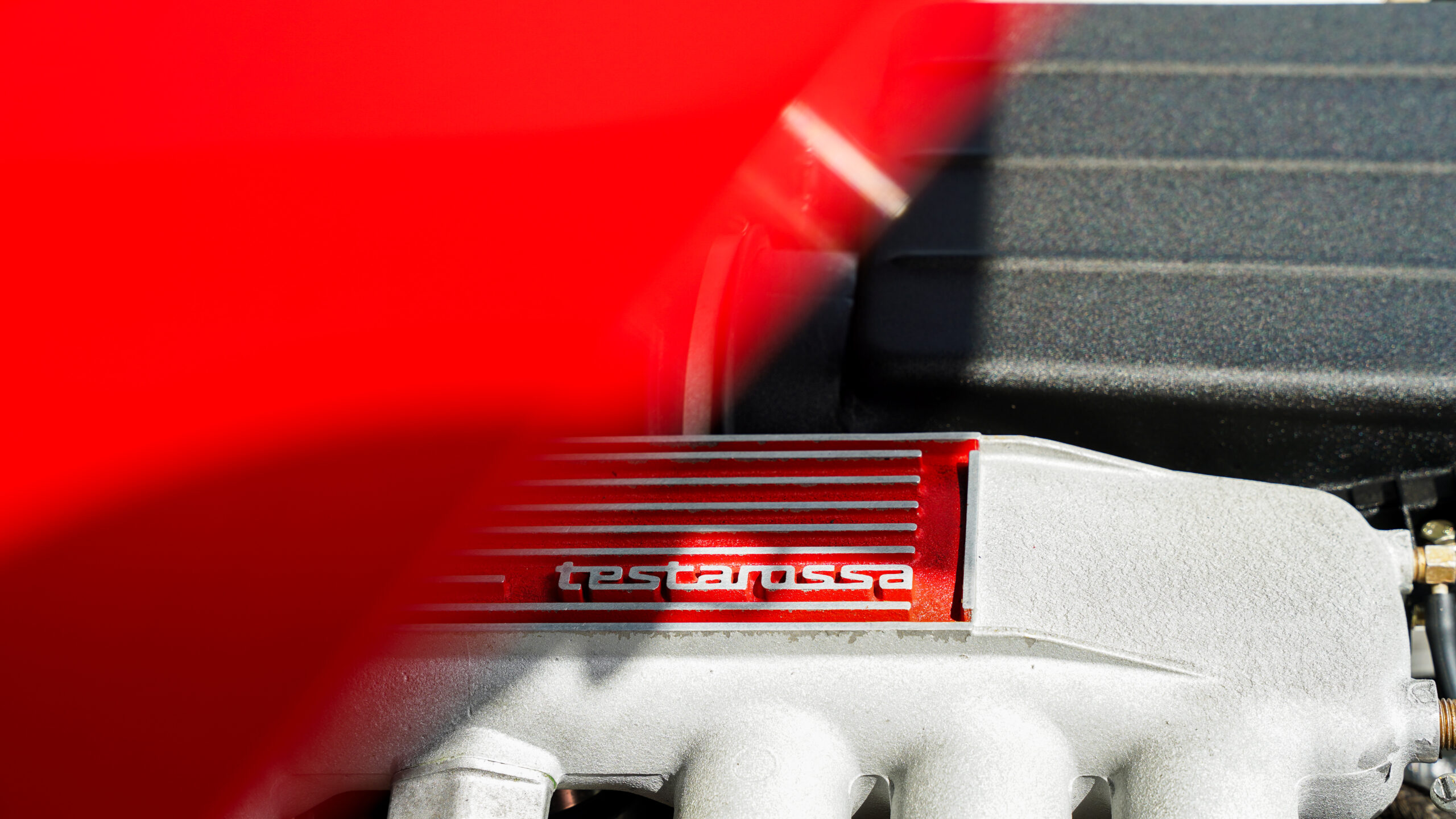
Of course, the heavy clutch, steering, and gearchange lighten and cohere with speed. Driving a Testarossa isn’t a fight but it remains a physical experience. That dry-sumped, four-valve flat-12 developed by Nicola Materazzi is a mechanical masterpiece: It doesn’t howl like a modern, expensively elocuted Ferrari but just emits a glorious, sonorous, multi-layered thrash, with the click-clack of that open-gate shifter as percussion. It makes 390bhp, and when new it was the most powerful engine offered in a standard production sports car. There’s sufficient torque to make low-effort, high-gear driving easy when you want to back off a bit, but the power really comes in above around 5000rpm and peaks at 6300rpm.
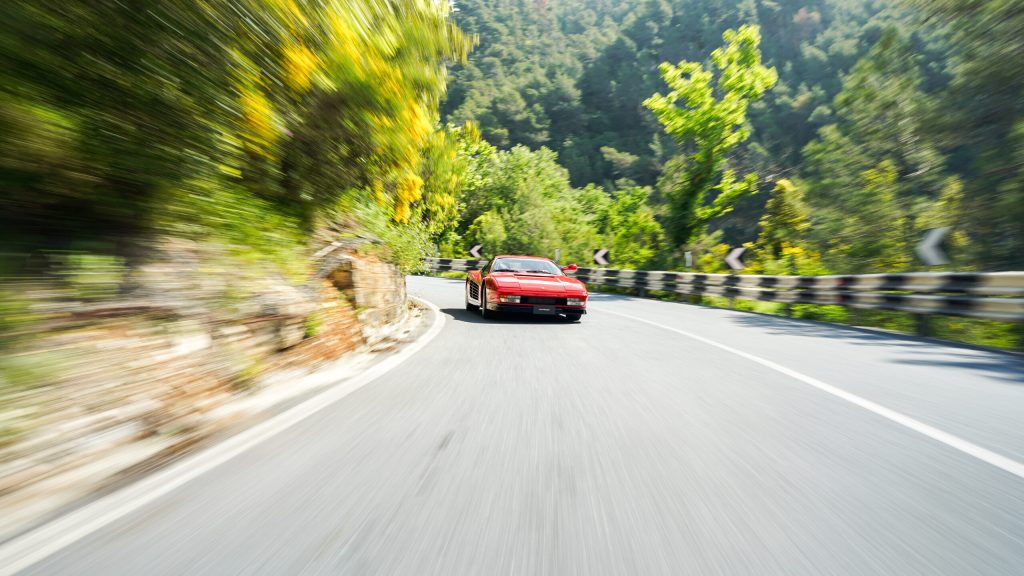
While this is a 40-year-old car, it still feels fast. A 0–60mph time of 5.3 seconds might sound modest by modern standards (Ferrari’s official claim was 5.8) but it feels plenty quick when keeping the thing pointing in a straight line, while setting it up for the next bend commands your very full attention. Of course it’s a thrill to drive, but the satisfaction of getting your technique right and overcoming the mechanical and ergonomic challenges make the whole experience more rewarding, more organic.
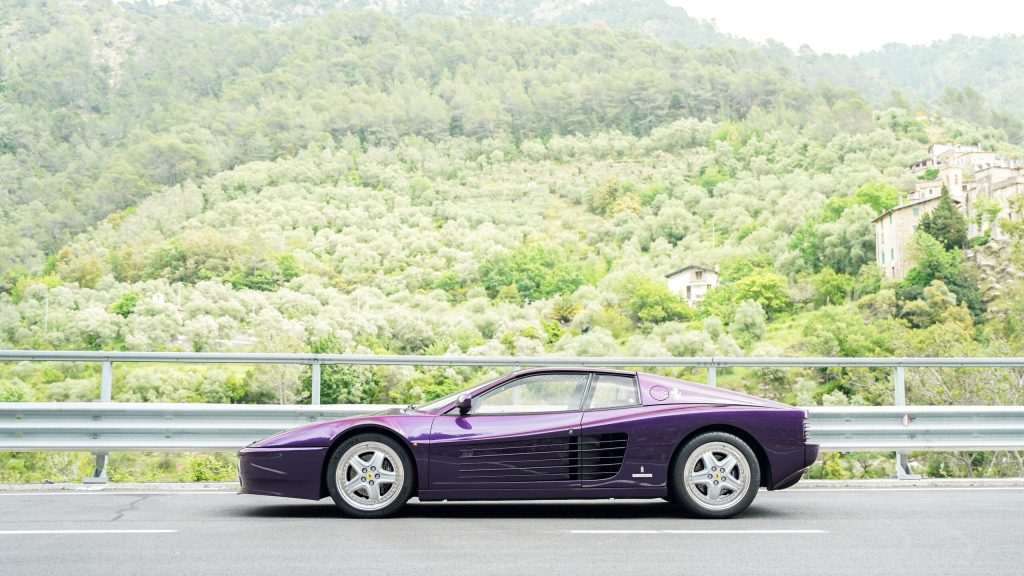
The fundamentals of the 1994 512 TR might be the same as the original but the benefits of several years of development are immediately apparent. The later Viola Hong Kong paint of this 65,000km example is striking, but underneath it’s more conventional than the Monospecchio with two mirrors, five-bolt wheels and longer rear buttresses breaking up that broad rear deck. Inside, the speaker has disappeared from the footwell and the ashtray from the door, the spokes of the steering wheel are now trimmed with leather, and the odometer and trip meter are now in the dials, where they should have been all along.
X-ray the Testarossa again and you’ll notice how high the engine sits in the chassis, atop its gearbox. That configuration never changed and the car never lets you forget it, but in the 512 TR the combined unit is mounted 30mm lower in the tubular steel chassis, to the clear benefit of handling. Internal revisions yielded 428bhp over a broader rev range and a higher redline, at 6750rpm. The steering is quicker, the brakes bigger, the clutch lighter, and the gearchange less truculent. It’s the same car, but more coherent and cooperative, your extra speed due as much to the extra confidence the chassis imparts as the extra power of the engine.
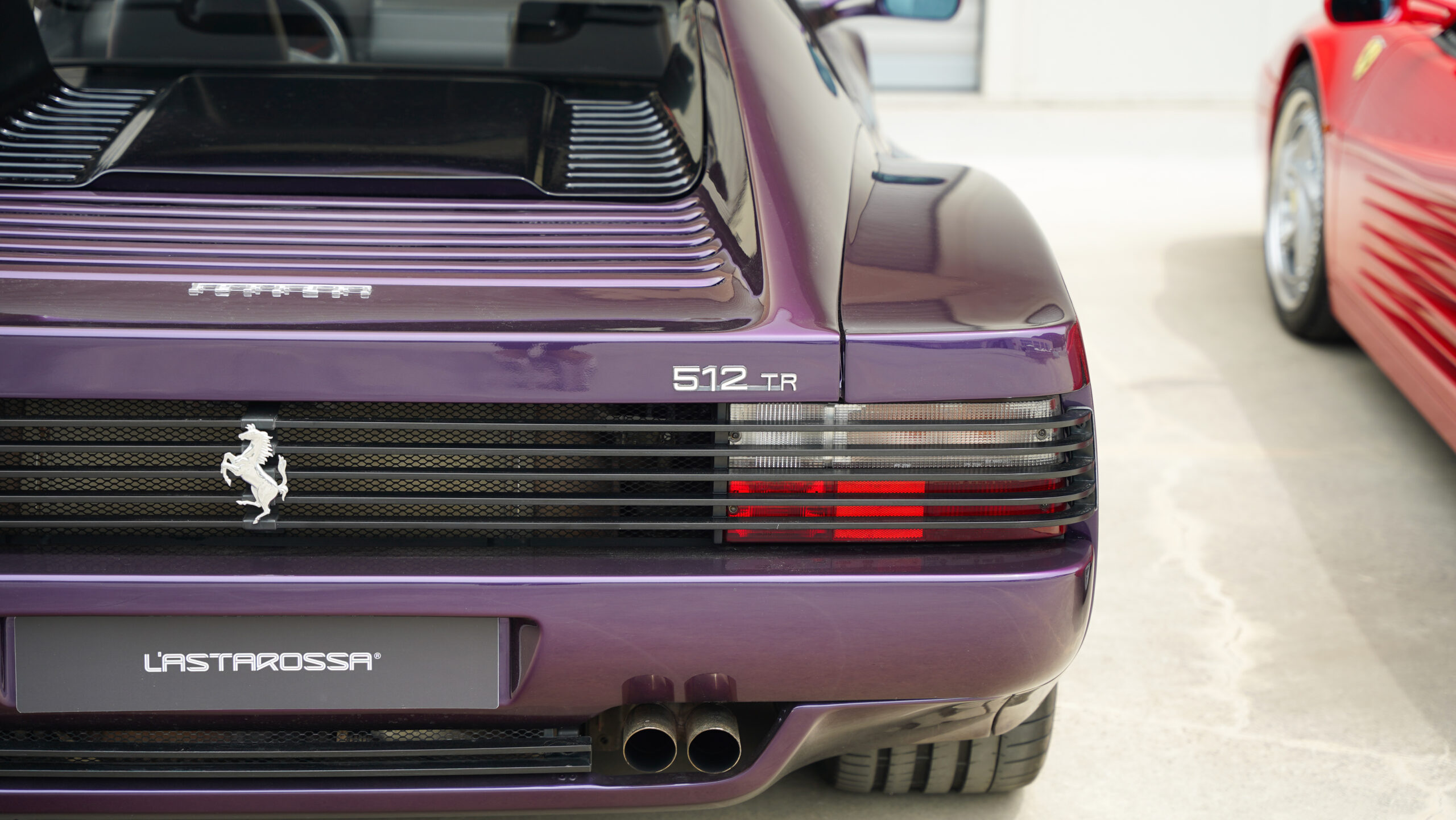
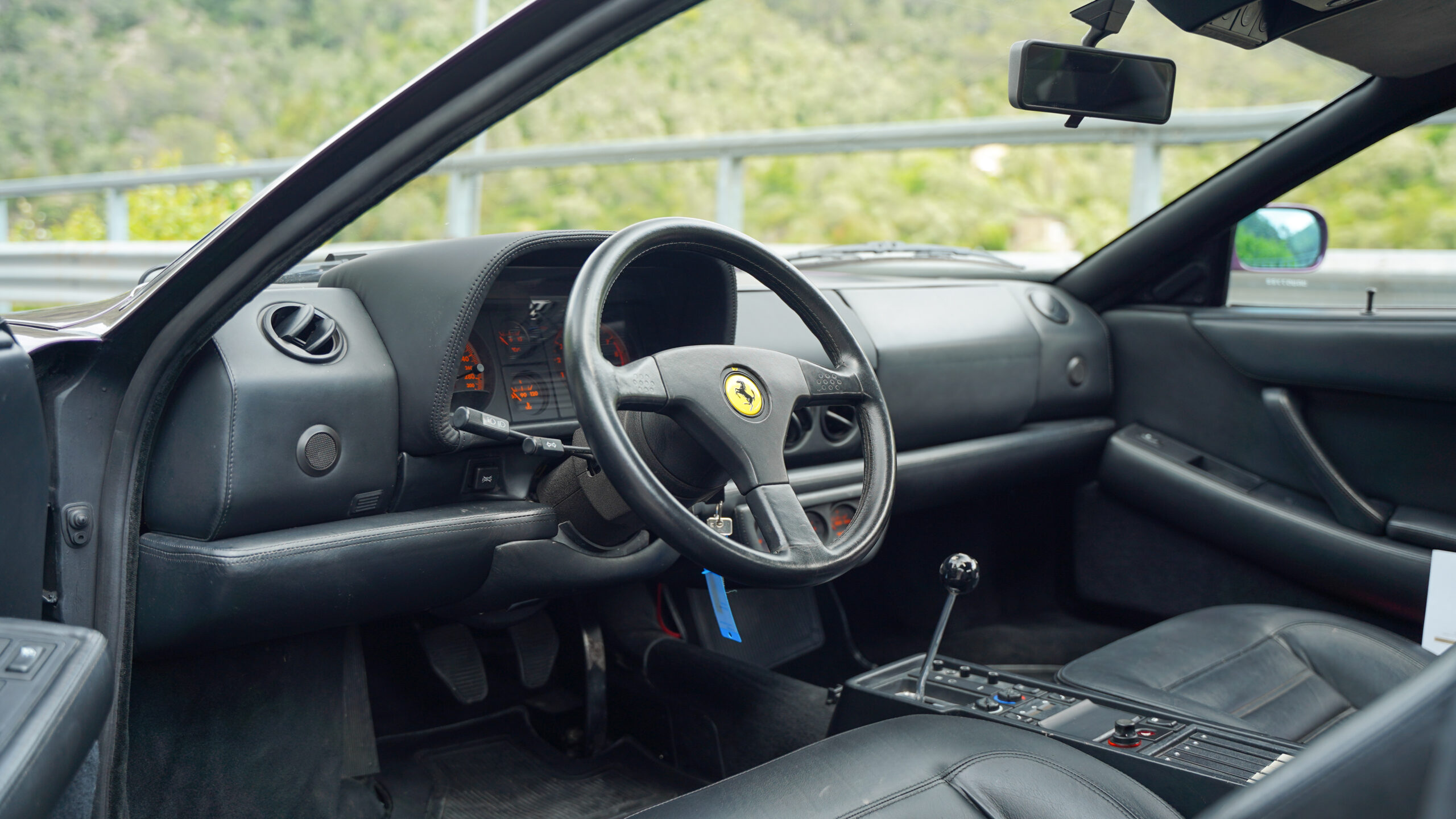
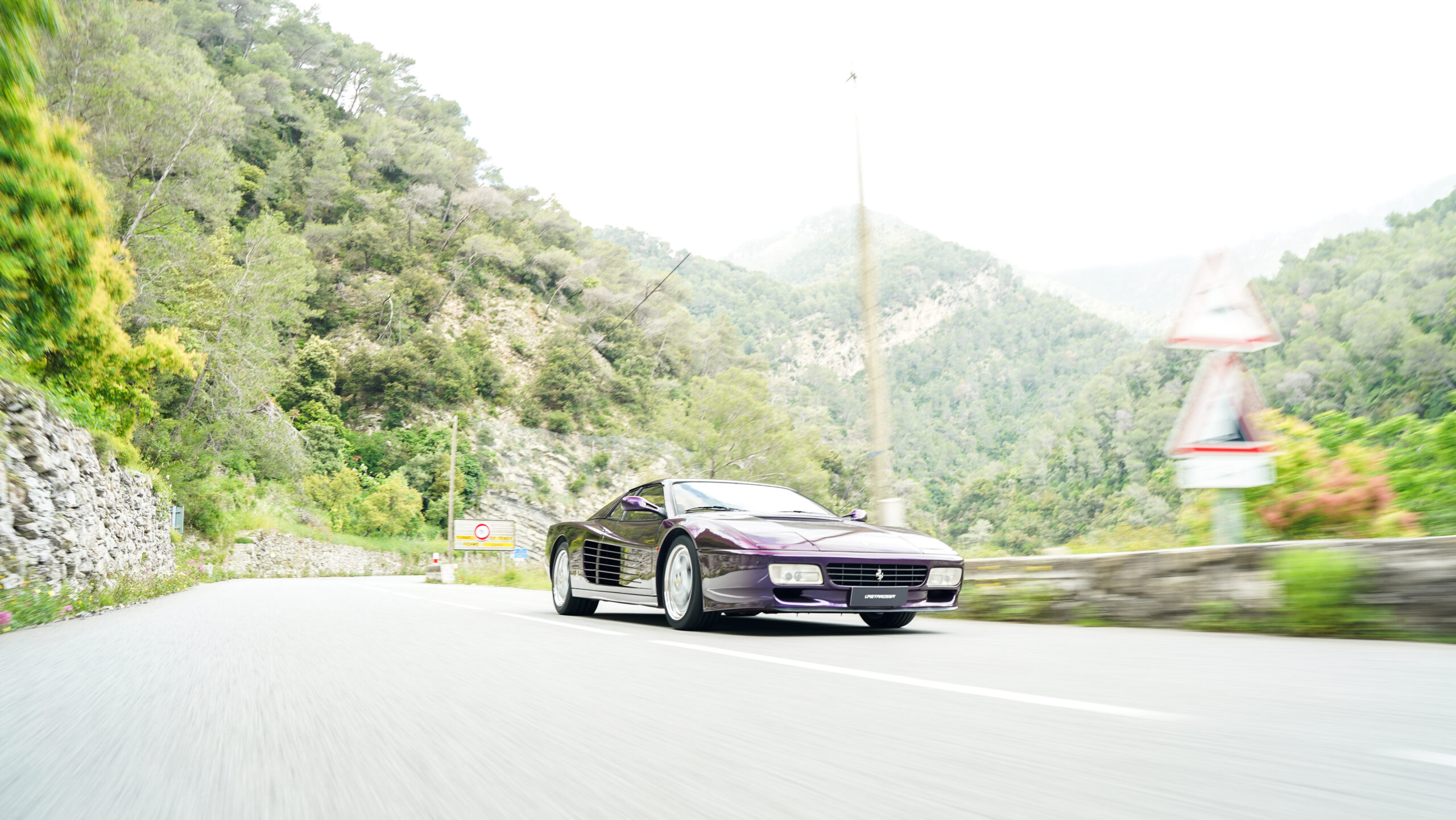
You still treat the 512 TR with the respect its size and configuration demand, but the pleasure comes more from its inherent qualities than from conquering its quirks. Within a few miles, even on tight Italian mountain roads I was slicing into corners far faster than in the original, overtaking rather than waiting, and stretching that glorious mechanical package rather than merely managing it. This was the Testarossa experience I’d hoped for for 40 years.
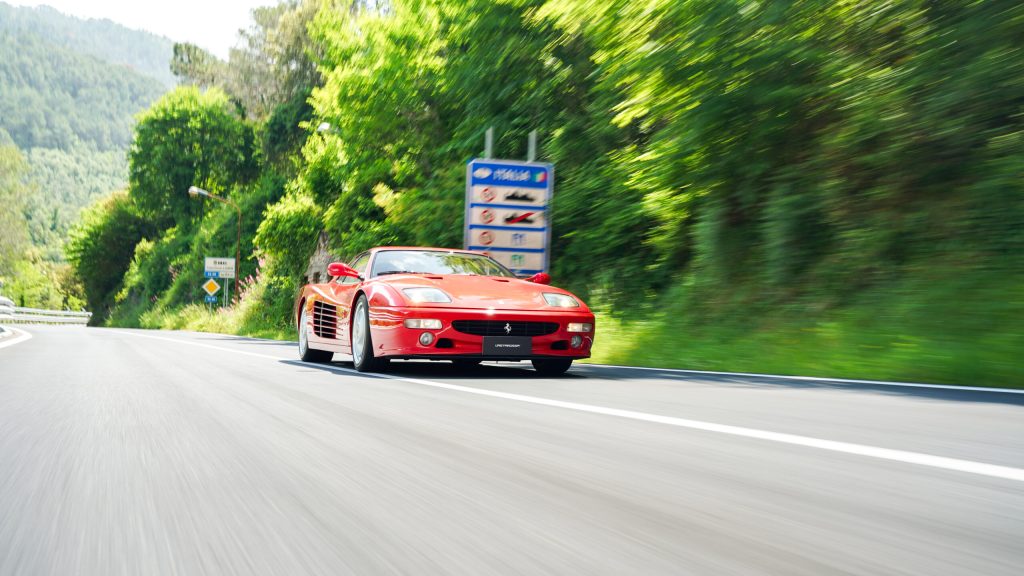
Then I got into the F512 M, wondering how much better it could be, given that the fundamentals didn’t change much in this final iteration. The looks did, though. The pop-up headlamps were replaced with Perspex covers, the rear grille was now punctured by twin round lamps that echo the earlier 512 BB, and it rides on a very ’90s set of wheels. For me, it’s easily the worst-looking of the three (your view may differ).
But it’s also the rarest, the last, and the most developed. Ferrari only built 501 examples, compared to 7177 Testarossas and 2261 512 TRs. There were some detail changes to the engine, such as titanium connecting rods, higher compression, and less back-pressure in the exhaust. It’s slightly more sonorous, keener to rev and, of course, more powerful at 440bhp. There were more changes to the steering and suspension (gas dampers), and minor revisions to the interior including a new polished aluminium ball atop a long and very solid gear lever, a general improvement in quality and, as fitted to this 41,000-km 1995 car, the option of carbon-shelled race seats.
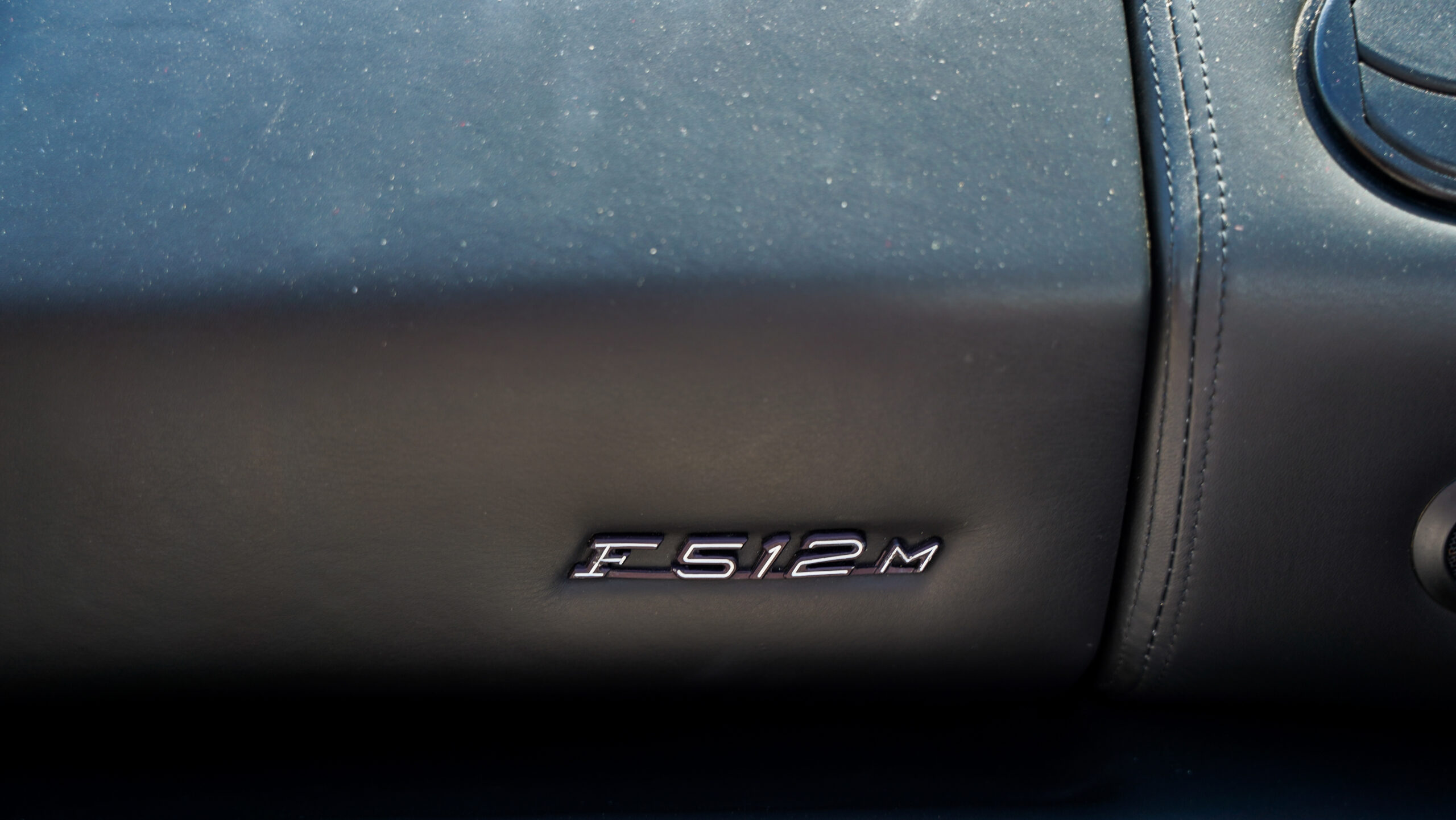
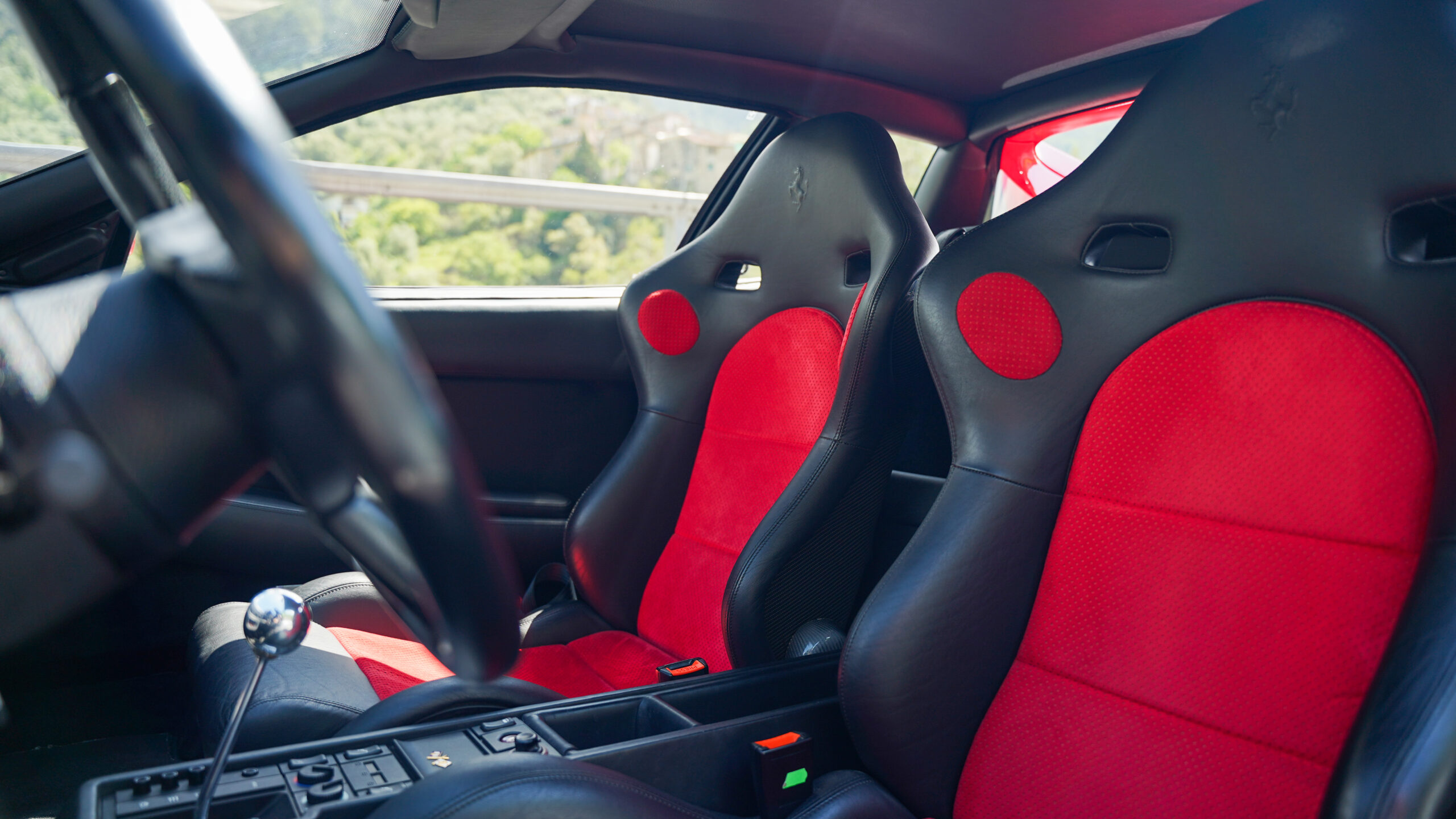
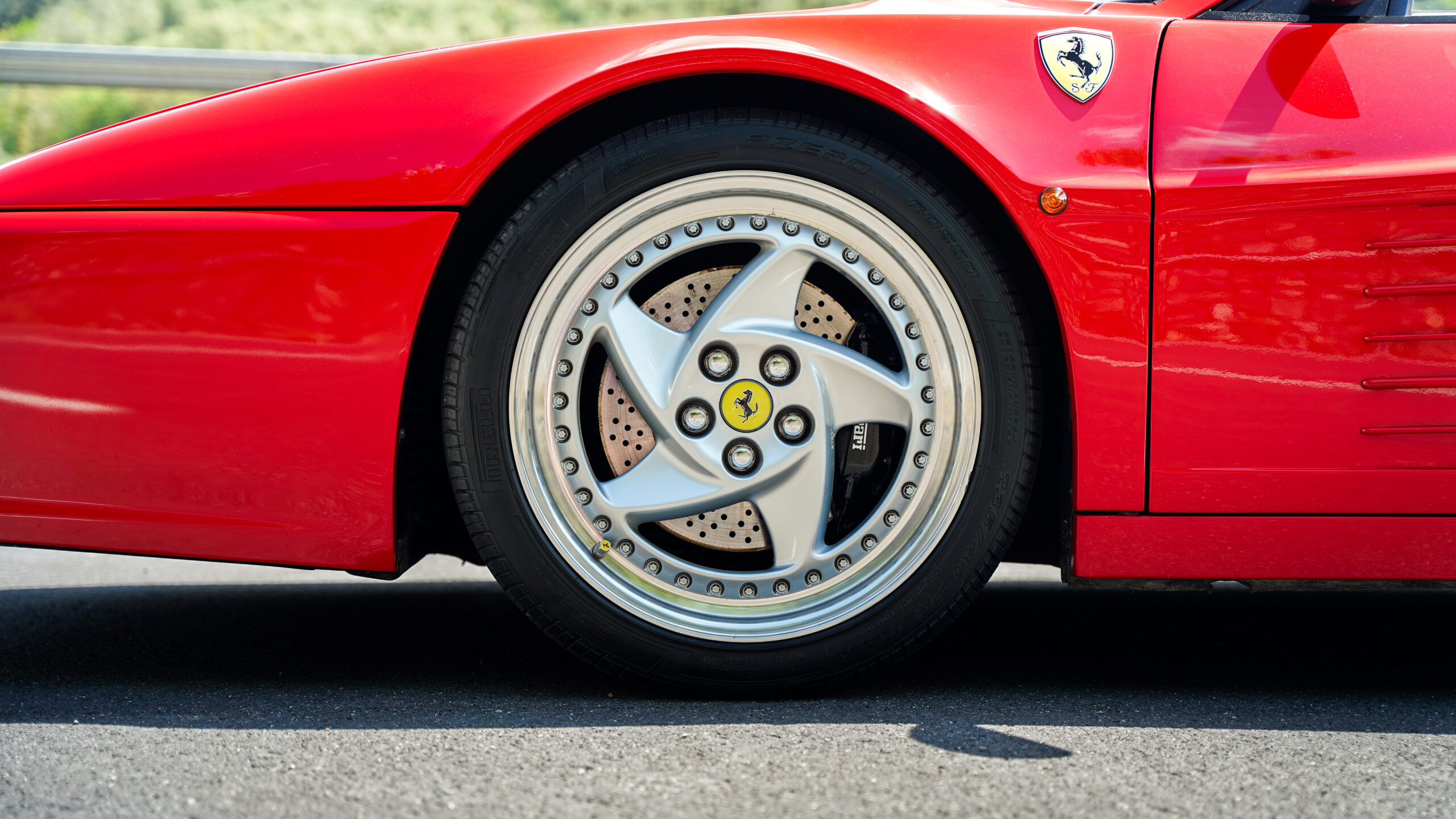
Ferrari claimed only a tenth of a second advantage to 60mph over the 512 TR, at 4.7 seconds, and one extra mile per hour in top speed to 196mph. On the road, the F512 M feels further developed than that, but not by the same margin as the TR improved on the original Testarossa. It’s a little quicker and more exploitable, but also more grown-up and refined, which may not be what you want from a Testarossa. All three, though, have distinct but similar personalities.
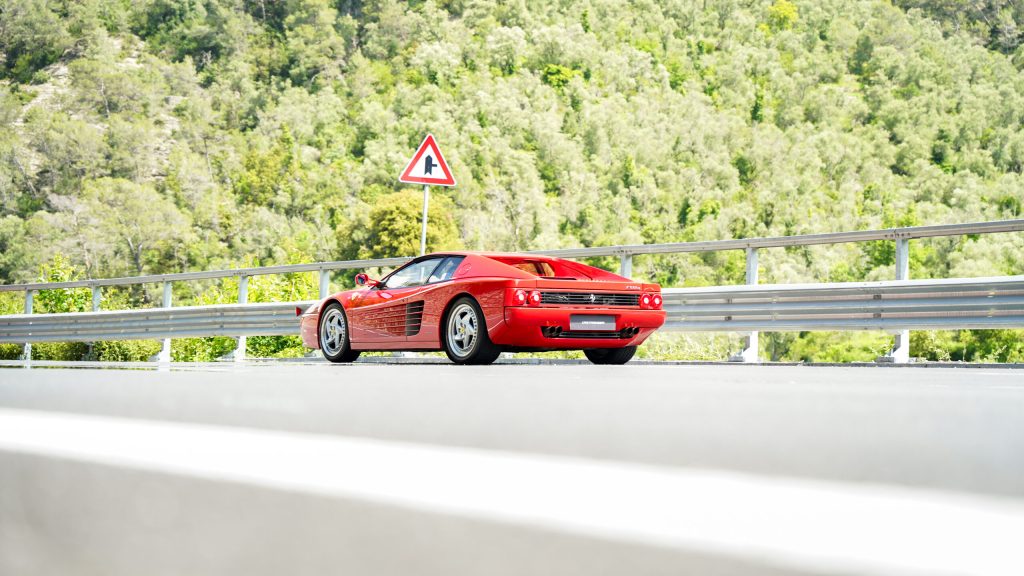
In the end, the Monaco Car Auctions sale didn’t yield the market comparison we’d hoped for. Only 12 of the auction’s 30 car lots sold. To be fair, this was only the second year for this event, and it might also reflect European sentiment generally: Bonhams’ sale at the Historic Grand Prix of Monaco the previous month saw 24 of 52 car lots sold.
Of the cars I drove from the MCA sale, only the Monospecchio sold, making €150,000 before buyer’s premium against an estimate of €150,000–€180,000. The earlier Bonhams sale also saw a lovely, single-family, 26,500km 512 TR in Rosso Corsa over beige sell for €212,750 with premium, against an estimate of €200,000–€250,000.
The oldest Testarossas are now 40 years old. The kids who wanted them when they were new might now be 55, and there’s a younger breed of collectors coming through who might have a stronger affinity with the 10-years-newer F512 M. So, interest is naturally correlated to buyers’ ages, doesn’t seem to be abating, and might continue to shift in the F512M’s favour as more ’90s kids start to buy old Ferraris.
Again, these are three similar cars that nevertheless have distinct personalities with their own pros and cons. The F512 M feels like what it is: the product of company boss Luca Cordero di Montezemolo’s ultimately successful efforts to improve Ferrari’s road cars. In its manners and build quality it feels closer to the V12-powered 456 and 550 of the 1990s. If you want that era of Ferrari, though, maybe get one of those cars. You’ll pay a lot less, as a #2 condition 550 is worth less than half as much. The F512 M might be – by a small margin – the best to drive, but I’m not sure it’s the best Testarossa, all things considered. Had I been lucky enough to be bidding on 8 June, and having driven all of them, I’d have been torn between the Monospecchio and the 512 TR. The early Testarossa is the easiest on the eyes, certainly. But if you buy your cars to drive as well as to look at, the 512 TR is the Testarossa to have.

